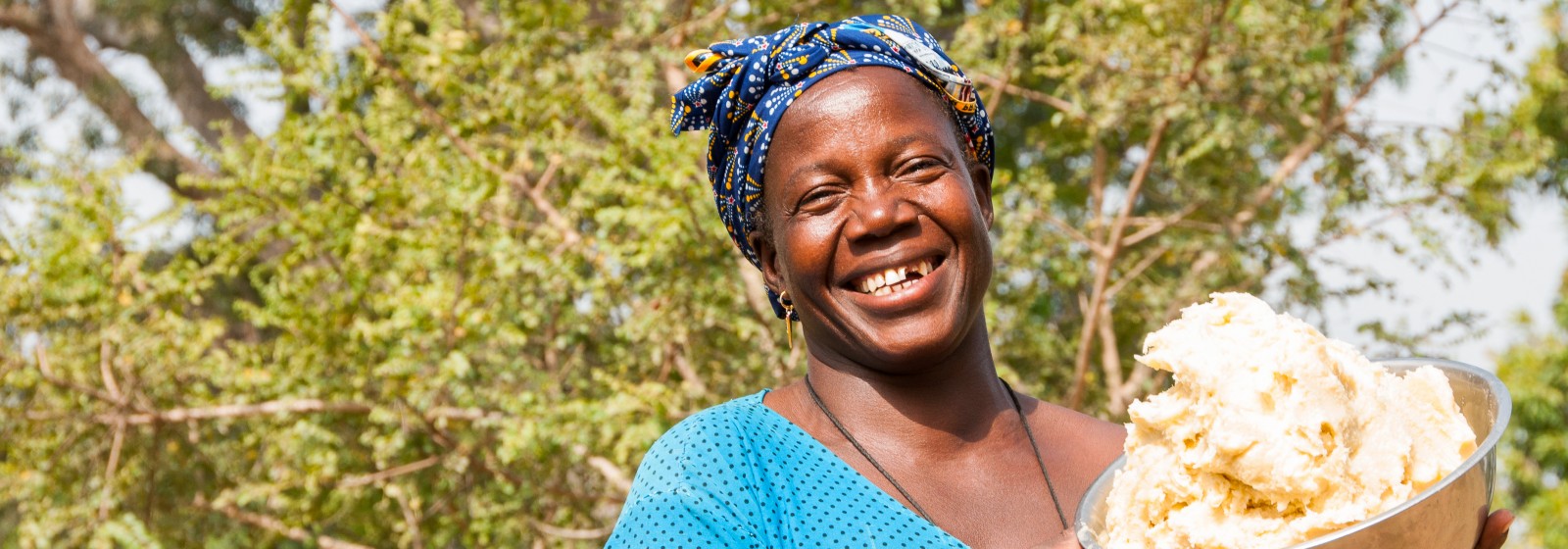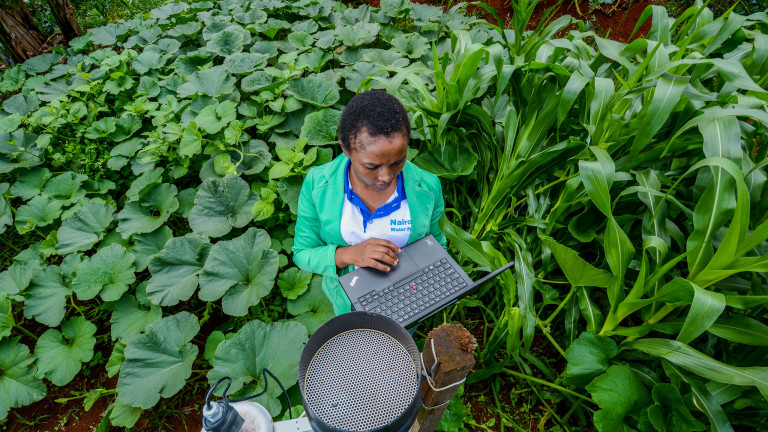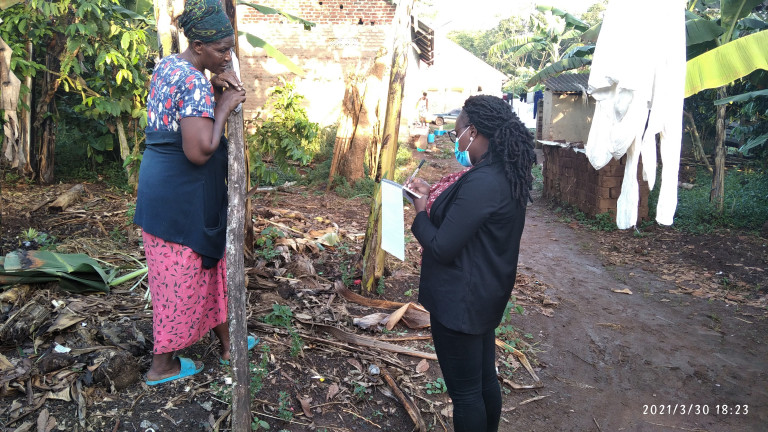
Like a wave in slow-motion, the Sahara is breaking over Mali and the other countries of the Sahel, advancing southward by more than 100 kilometres since 1950, and driving farmers and their livestock from their traditional grazing lands.
At the same time, population growth and poverty in the still-green areas have contributed to dramatic deforestation: between 2000 and 2010, the Koulikoro region of Mali lost 86 percent of its tree cover, leading to soil loss, drought and intensifying both the desertification and poverty. Over the same period, the neighbouring region of Mopti lost 95 percent.
The charity Tree Aid aims to support communities in the drylands of Africa to provide a buffer against poverty, climate change and the encroaching desert by assisting them to restore and maintain tree cover. They run development and training projects in Mali, Ghana, Burkina Faso, Niger and Ethiopia.
Now, thanks to a survey tool developed by researchers at the International Livestock Research Institute (ILRI), they've been able to measure and quantify their impact, and adjust their interventions in real time for maximum effect.
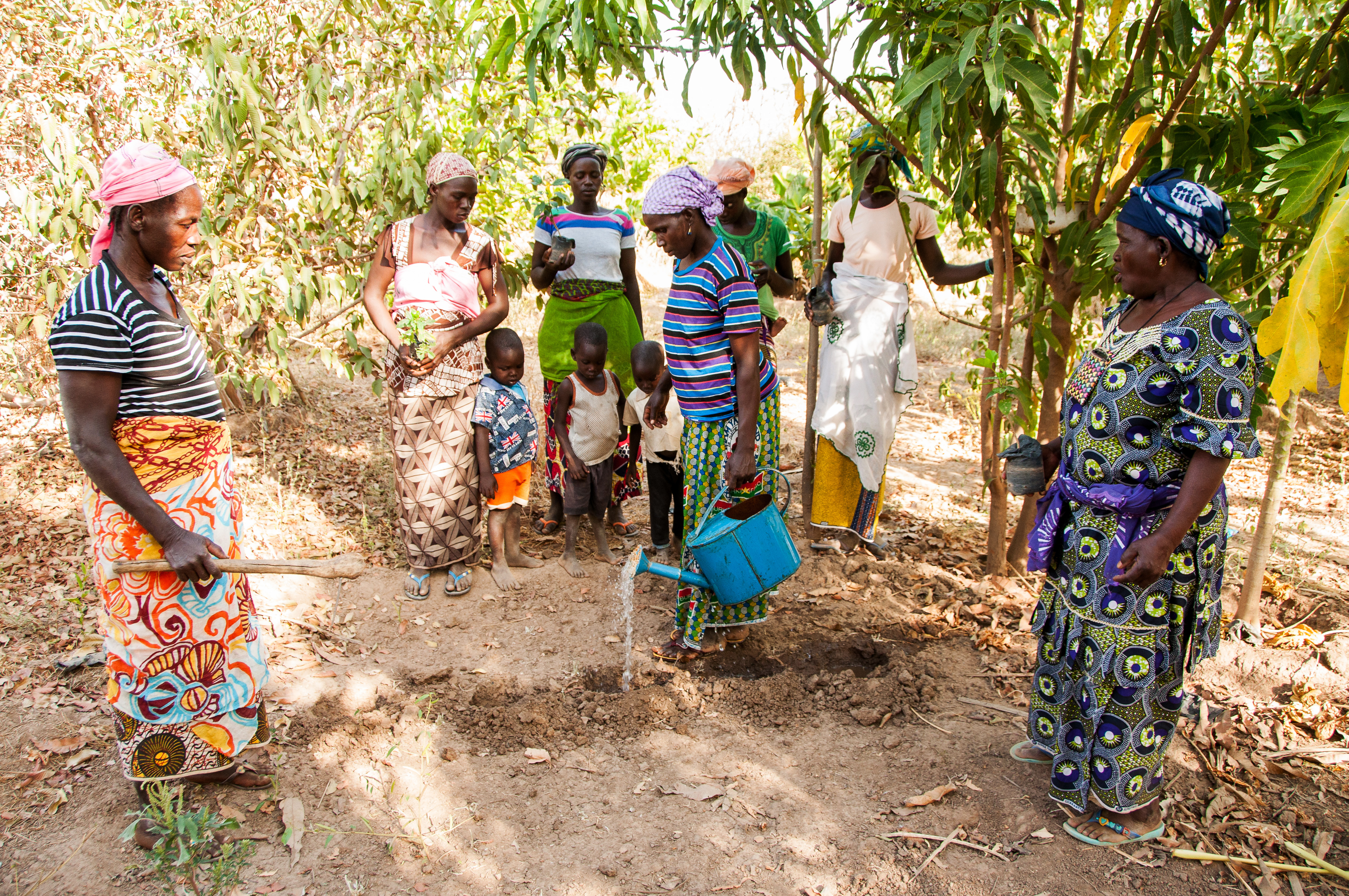
An agile tool that reduces costs and raises efficiency
RHoMIS – the acronym stands for Rural Household Multi-Indicator Survey – is a low-cost, standardised tool that allows researchers and development organisations to quickly and consistently collect house-hold level data at the beginning and end of each project, or even in real time as the project progresses.
"Before, we used paper-based data collection, which was a complete nightmare," says David Baines, a monitoring and evaluation advisor from Tree Aid's operations team, referring to the time and costs required to conduct and digitize the interviews.
Tree Aid began using RHoMIS in 2017, at the start of their Strengthening Malian Forest Management project in the Ségou region of Mali, where they assisted farmers to improve processing and develop greater market access for non-timber forest products (NTFPs) like shea butter and honey. The Duwa and Sutebwo forests in the Ségou region had been severely degraded by unsustainable wood harvests and overgrazing, and the project aimed to restore forest cover and biodiversity and train people in sustainable forest management practices while lifting household incomes.
"Key indicators that we track are things like household income, the amount of household income sourced from non-timber forest products, or the dietary diversity of the household," Baines says. "RHoMIS is brilliant for that, as a way of tracking what's happening on the ground and to be able to report against those indicators."
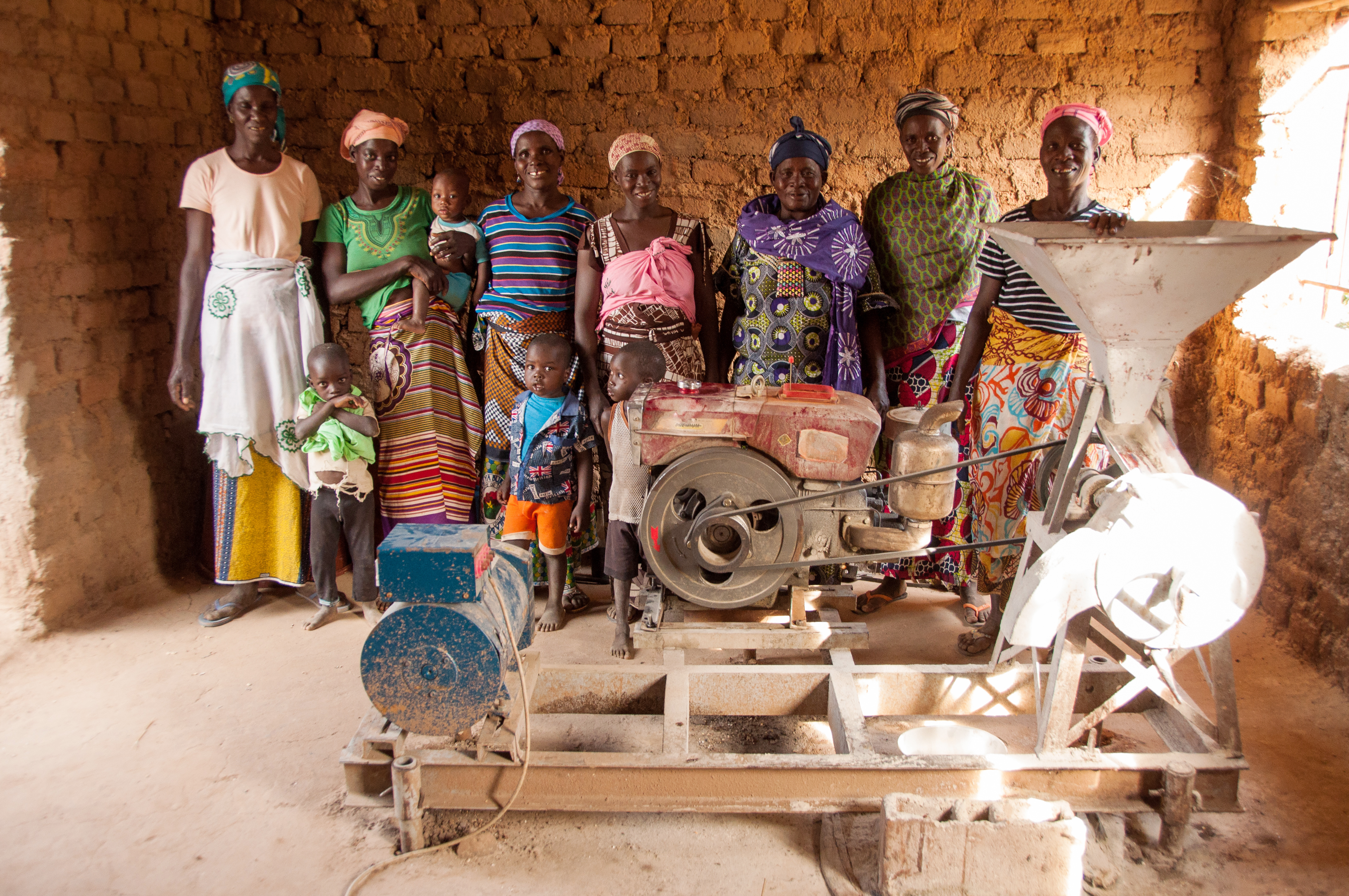
Proof is in the numbers
In 2017, 89 percent of the people in the project community were living below the poverty line of US$1.90 per day. Three years later, in 2020, the RHoMIS survey revealed that had dropped to 52 percent, and average household cash income increased by 270 percent to around $1170. Income from NTFPs soared, from $32 to around $560 -- from making up just 3 percent of household income in 2017 to more than a quarter in 2020.
That has broadened people's sources of income, and increased their resilience, says Baines. "It means they're not so dependent on a successful harvest of their local crop, and that there's less need for young people to go to the cities and send money back to their family."
In total, over the past three years Tree Aid has surveyed more than 6000 households across several countries. The standardised survey allows them to compare results within and between projects, tweak their interventions to make them more effective, and to report back to donors.
But perhaps its greatest significance is for communities themselves, Baines said.
"If we can show communities and households that it is in their economic interest to look after trees, they will be less likely to cut them down and burn them."
Since it was developed in 2015, RHoMIS has been used to survey more than 33,000 households by 13 organizations, including Tree Aid, and the anonymized data is assembled to create consistent, standardized data sets that allow researchers to glean new insights and spot trends across projects, regions and countries.
--
Blog: Using technology to maximise our impact (Tree Aid, 13 Jan 2020)
Banner photo: Bernadette Keita works in a shea butter cooperative, learning to make shea soap as part of a TREE AID project in Mali. Photo Tree Aid
